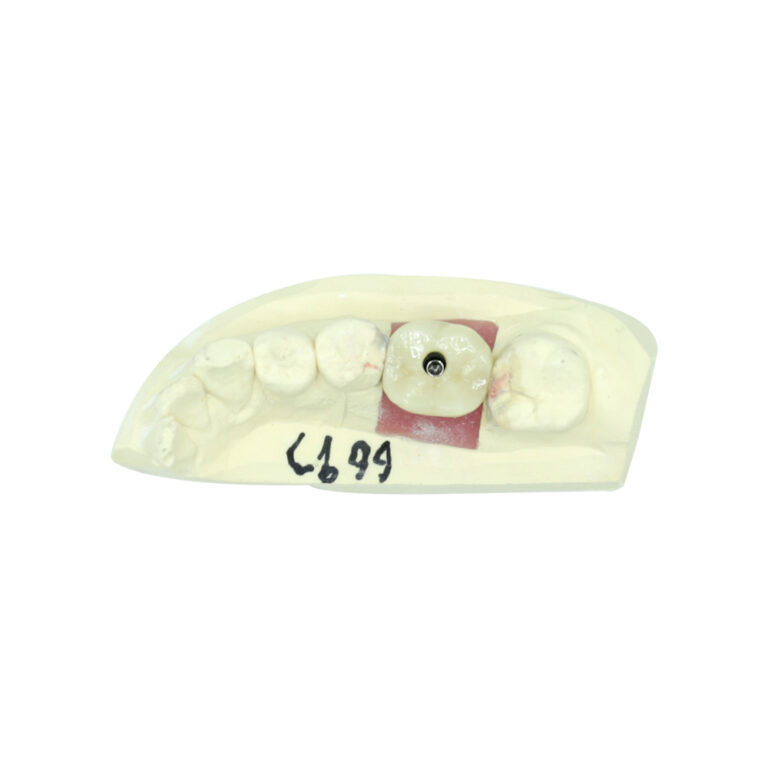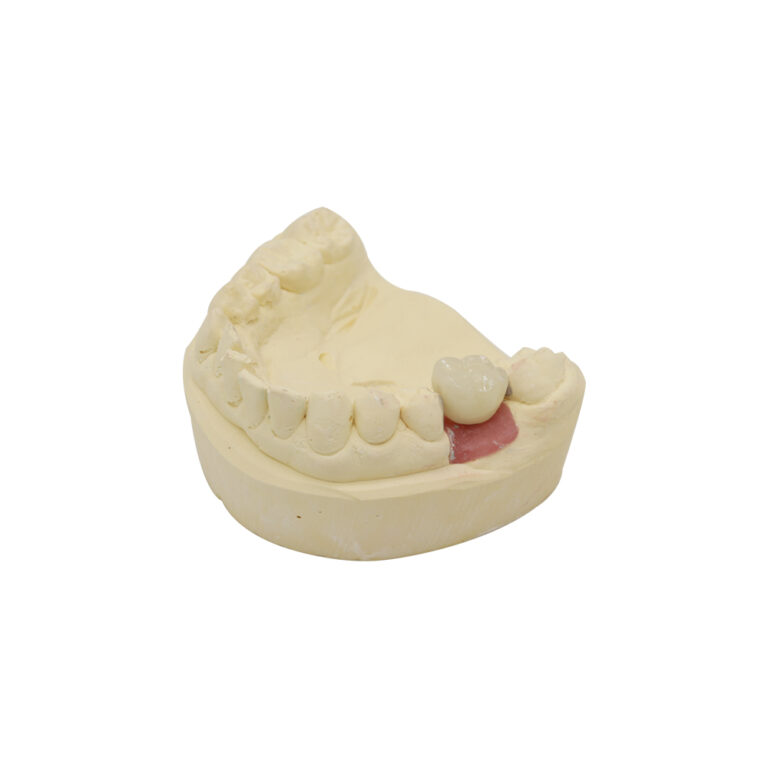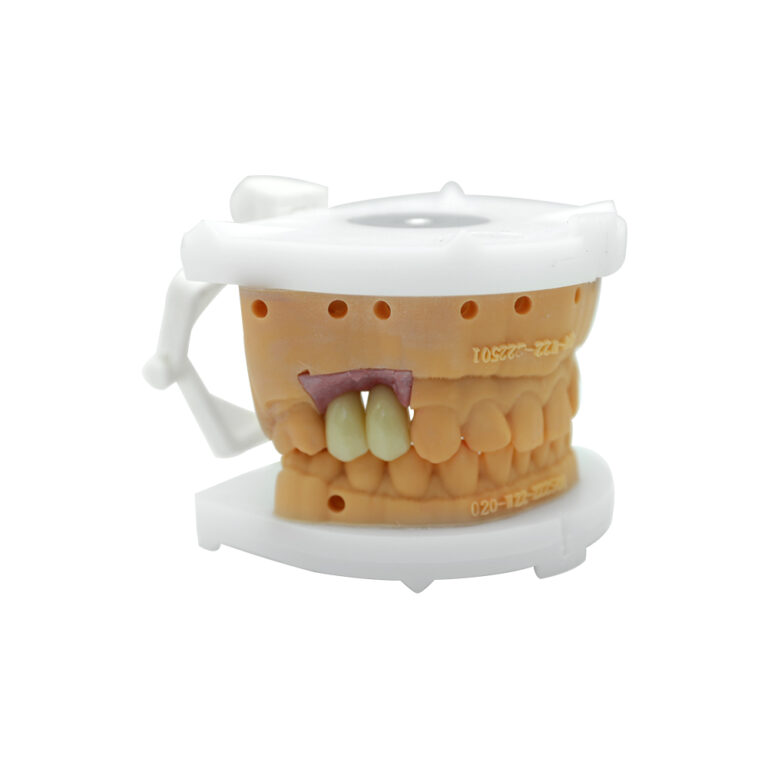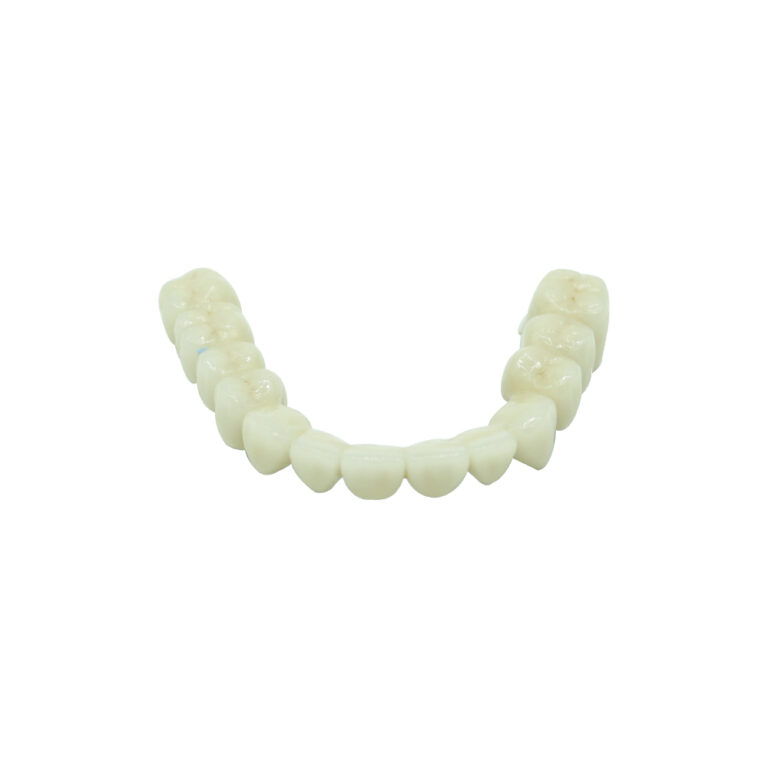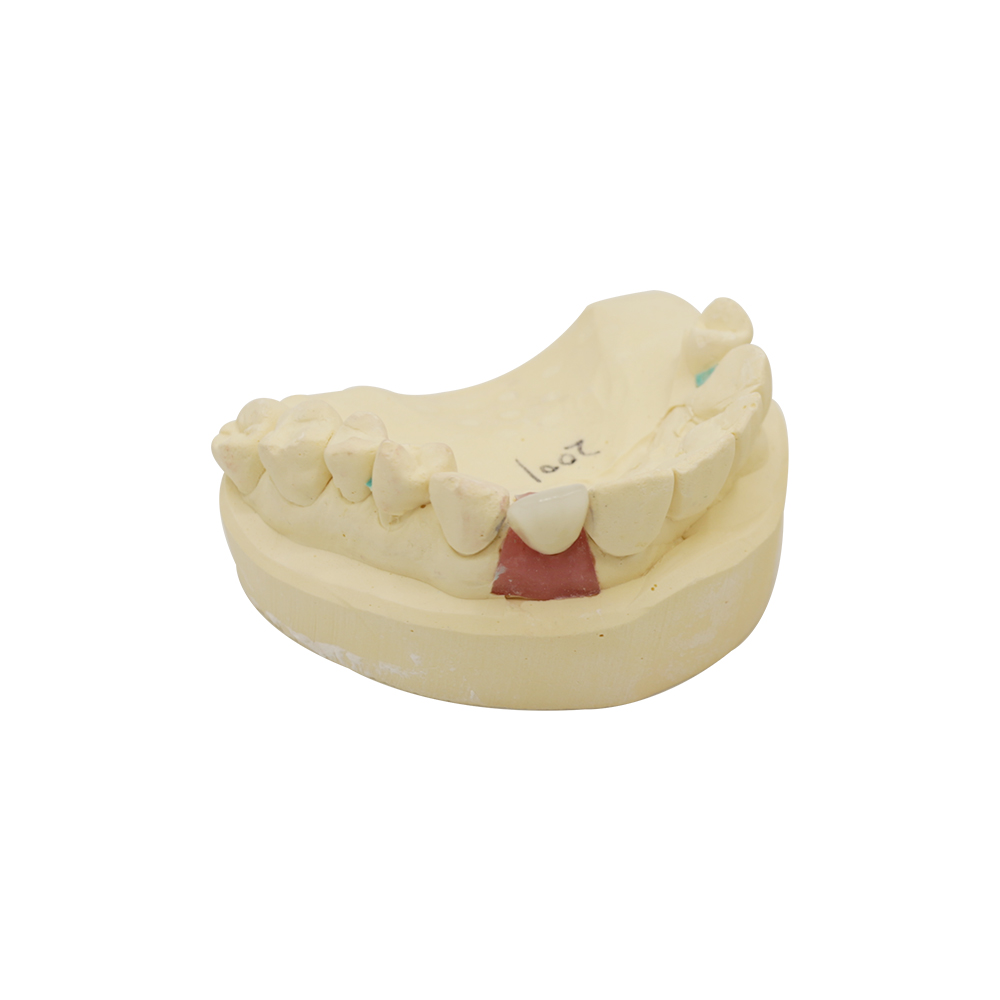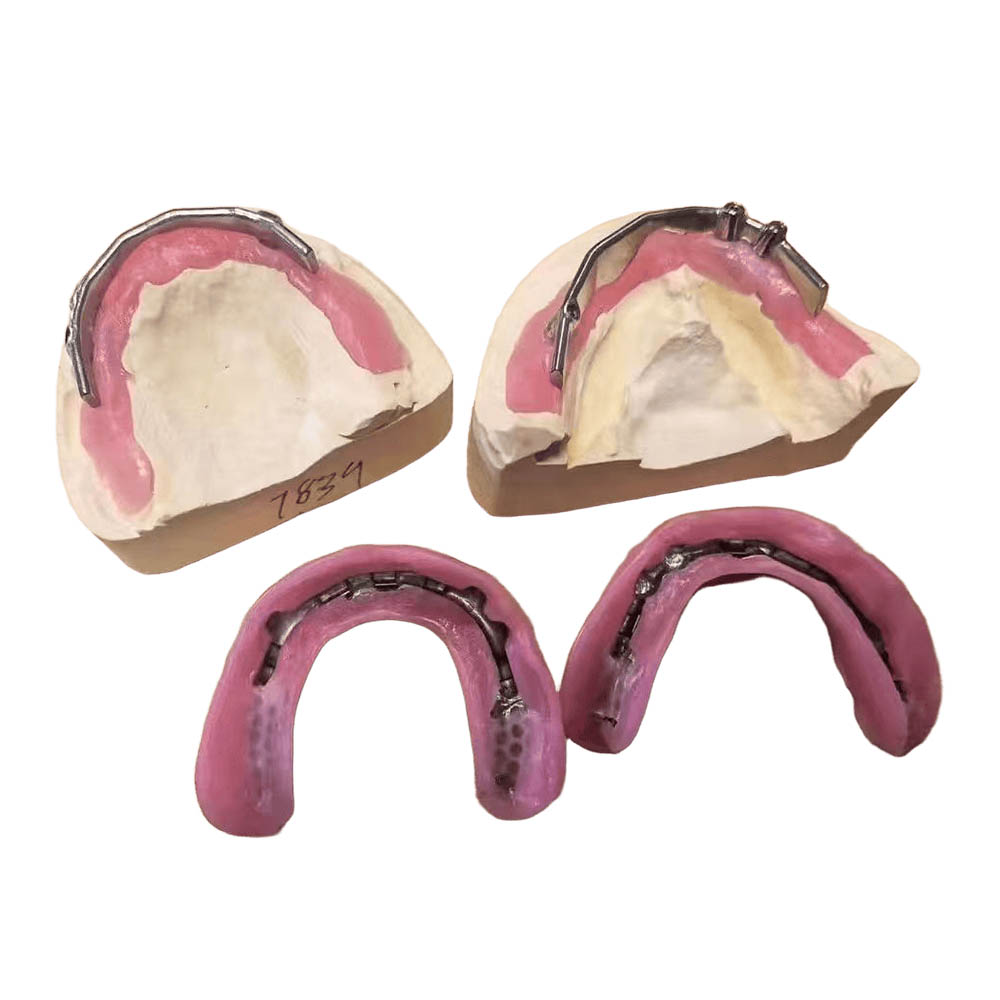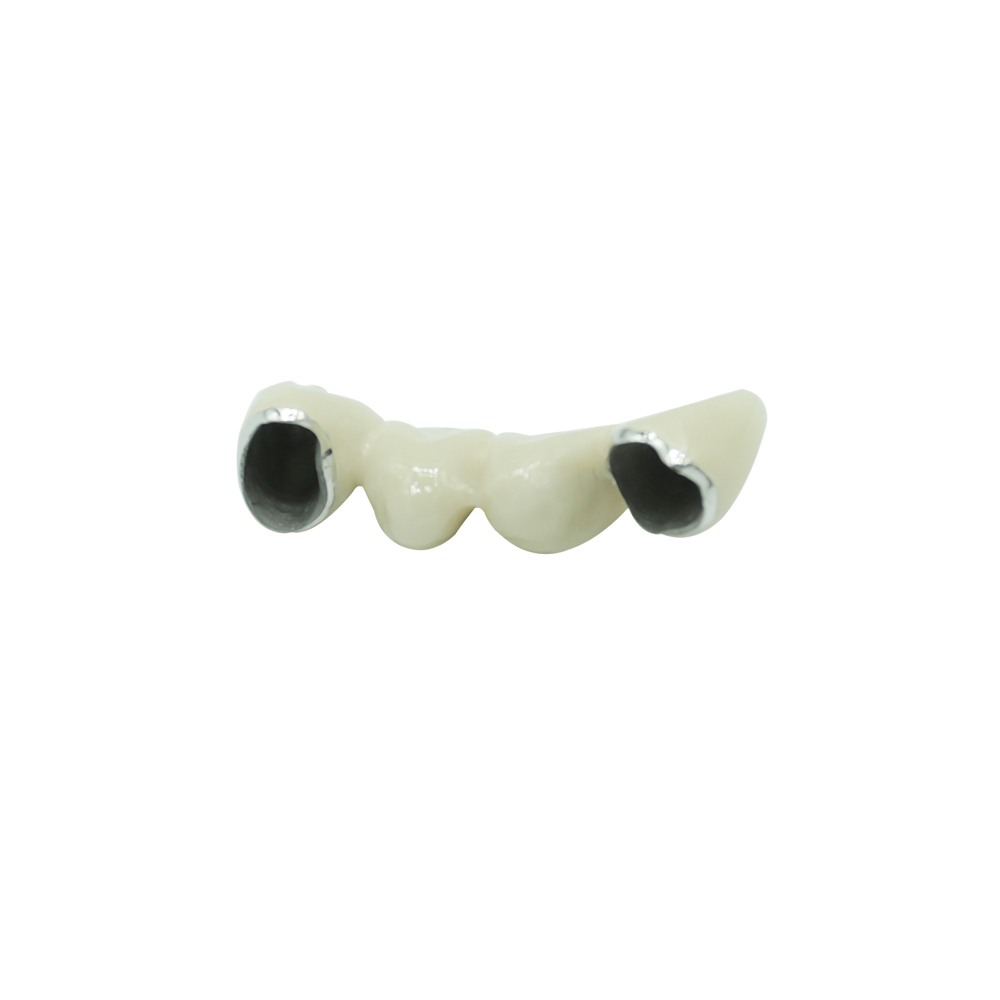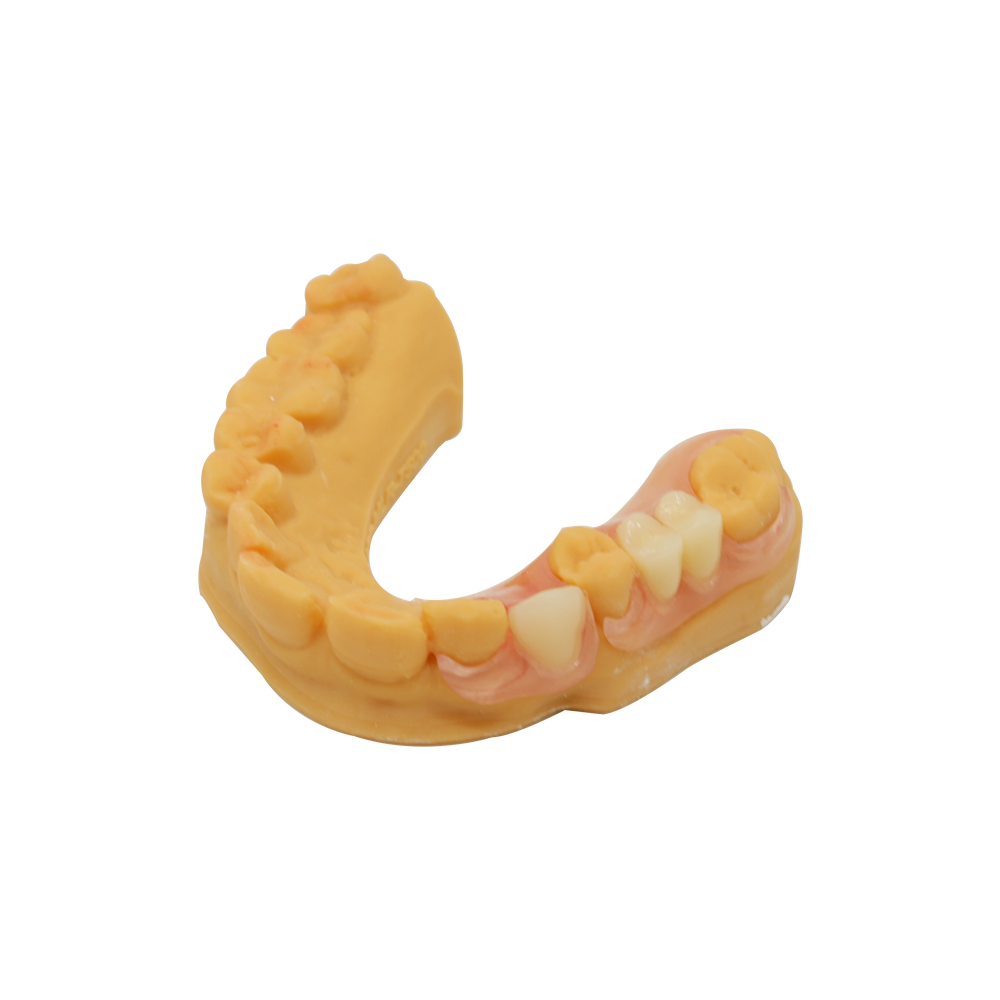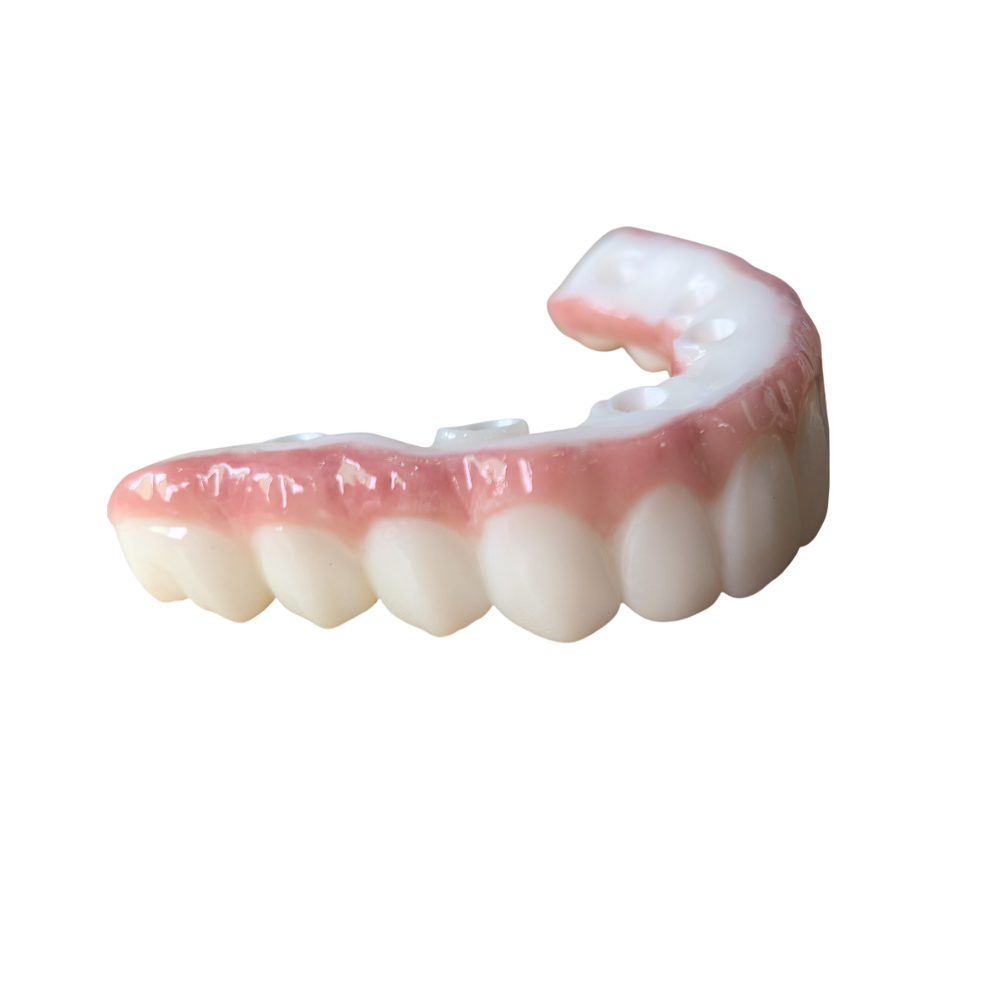
PFM Implant Crown
Istar Dental Lab: Your Partner for the Perfect PFM Implant Crown
Welcome to Istar Dental Lab. We are your go-to partner for top-quality dental work. We are happy to work with every Dentist, dental hospital, dental clinic, and dental lab. We know you need solutions that are strong and look great for your patients. That is why we offer the best PFM implant crown available.
Our goal is simple. We want to give you products that make your work easier and your patients happier. We believe in talking clearly with our PFM lab partners.
PFM Crown Pros and Cons
Every dental crown material has its good and bad points. We want you to know all the details. This helps you make the best choice for your patient.
| Pros of Our PFM Implant Crown | Cons to Think About |
| Great Strength: PFM crowns are a great choice for back teeth restorations because of their great strength and ability to resist breaking under strong chewing forces. In these cases, the natural strength of PFM can be helpful. | Metal Edge: While PFM crowns can be used for front teeth, they are more likely to have issues with how they look, such as the metal showing and gums pulling back. This makes all-ceramic options often the top choice for the best look. |
| Known to Last a Long Time: Single PFM crowns generally last longer and have fewer problems than FPDs. | Porcelain Chipping: Patients with habits like grinding or clenching their teeth have a much higher chance of technical problems, with chipping rates up to 2.5 times higher. |
| Great Looks: The good looks of a PFM crown come from carefully layering special porcelains. | PFM Crown Allergies: New improvements, especially in Co-Cr alloys, mean they are being used more because they are better for the body compared to Ni-Cr, which is known to cause more allergic reactions. |
| Good Price: The cost of a PFM implant crown is often lower than other types. This makes it one of the most affordable PFM crowns you can get. | Not See-Through: The main job of the opaque porcelain is to hide the metal color underneath and create the bond between the metal and porcelain. |
Our High-Tech PFM Crown Making Process
The accuracy and quality of PFM implant crowns are made much better by using modern making methods, especially by using digital steps:
- CAD/CAM Integration: Digital wax-ups and Computer-Aided Design (CAD) are now a normal part of our busy labs. This allows for exact framework design, virtual porcelain trimming, and spreading out stress in the best way. Finite Element Analysis (FEA) studies show that frameworks with rounded inside corners and less sharp connectors can lower the chances of porcelain breaking by up to 30%.
- Additive Manufacturing (AM): Methods like Selective Laser Melting (SLM) and Selective Laser Sintering (SLS) are more and more replacing the old lost-wax casting method for Co-Cr frameworks. These making methods help the crowns fit much better (edge gap <50 μm) and have far fewer tiny holes inside, which makes the frameworks stronger and more exact. Frameworks made with SLM, in particular, show lower rates of framework breaking and hold the porcelain better compared to cast frameworks.
- Automated Porcelain Application: We are looking into and starting to use robotic and partly automated systems for layering porcelain. These systems make sure the layers are the same thickness every time, lessen the differences between technicians, and make it easier to get the same result again, which could lower work costs and make things faster.
- Surface Prep for a Strong Bond: To make sure the bond between metal and porcelain is strong and lasts, careful surface prep is very important. The usual steps include grit blasting with 110 μm aluminum oxide, followed by oxidation and using silane coupling agents. Our research shows that special methods like laser texturing (using femtosecond lasers for 200–400 μm patterns) can greatly improve how the surfaces stick together mechanically, making the bond between metal and porcelain 20–25% stronger than with regular sandblasting. Using new kinds of bonding agents with titanium oxide nanoparticles has also shown better bond strength and less chance of layers separating, especially on non-precious alloys.
By mixing our expert knowledge of materials with the latest making technologies, Istar Dental Lab makes sure every PFM implant crown we make is a great example of accuracy, strength, and beautiful looks.
Material Choices for Your Clinic
Metal Alloy Makeup and Features
The base of a PFM crown is its metal frame, which gives it the strength and stiffness it needs. These frames are mostly made from three types of alloys, each with its own features:
- High-Noble Alloys: These alloys have a lot of noble metals (≥60%), with a lot of gold (≥40%). They have a lower stiffness and yield strength, which makes them easy to bend and adjust. Their great resistance to rust and very little ion release helps make them very compatible with the body, lowering the chance of swelling around the implant.
- Noble Alloys: Made of at least 25% noble metals, these alloys give a good mix of features and value.
- Base Metal Alloys: Mostly made of nickel-chromium (Ni-Cr) or cobalt-chromium (Co-Cr), these alloys are known for being very strong and stiff. New improvements, especially in Co-Cr alloys, mean they are being used more because of their good price, great strength (yield strength >600 MPa), and being better for the body compared to Ni-Cr, which is known to cause more allergic reactions. Co-Cr alloys have a higher stiffness (200–240 GPa) and yield strength (600–900 MPa), which lets us make thinner frameworks that give strong support for the porcelain, though their stiffness can sometimes lead to the porcelain chipping if not handled right.
Porcelain Layering Methods and Features
The good looks of a PFM crown come from carefully layering special porcelains. The usual process involves putting on different types of porcelain one after another:
- Opaque Porcelain: This first layer is put right onto the metal frame. Its main job is to hide the metal color underneath and create the metal-porcelain bond. Newer opaque porcelains, including high-chroma opaquers and fluorescent modifiers, are very important for getting the best color match and a lively look, especially in cases with thin gums or high smiles. We often suggest at least two opaque layers, with the first one fired at a lower temperature to get the best bond strength.
- Dentin Porcelain: This layer makes up most of the crown, giving it its main color and shape.
- Enamel Porcelain: The outer layer, known for being partly see-through, copies the look of natural tooth enamel, helping the crown look real.
New improvements in porcelain technology include using nano-structured leucite-reinforced porcelains. These materials make it tougher and less likely to break (up to 1.2 MPa·m^0.5) and have been shown to lower how often they chip by 15–20% compared to older feldspathic porcelains. Also, new ceramics that work with PFM, including leucite-reinforced and advanced glass-ceramic-based materials, have better see-through quality and are tougher, and they work with both high-noble and base metal alloys.
We help you compare the PFM vs Zirconia crown or the PFM vs eMax crown. While a full gold crown vs PFM shows gold is very strong, PFM offers a better look for front teeth. The best material for an implant crown depends on the patient’s needs, and we are here to help you decide. We follow all standards from the American Dental Association (ADA) and the Food and Drug Administration (FDA).
When to Use a PFM Implant Crown
If a PFM implant crown is right depends on the specific case and the patient:
- Single Crowns vs. Fixed Partial Dentures (FPDs): Single PFM crowns generally last longer and have fewer problems than FPDs. FPDs, especially long bridges, are more likely to have the connectors break or screws come loose.
- Where it is in the mouth (Front vs. Back):
- Back Areas: PFM crowns are a great choice for back teeth restorations because of their great strength and ability to resist breaking under strong chewing forces. However, they might have higher rates of porcelain chipping and screws coming loose in these areas.
- Front Areas: While PFM crowns can be used for front teeth, they are more likely to have issues with how they look, such as the metal showing and gums pulling back. This makes all-ceramic options often the top choice for the best look.
- Patient Factors:
- Bruxism and Other Habits: Patients with habits like grinding or clenching their teeth have a much higher chance of technical problems, with chipping rates up to 2.5 times higher. In these cases, the natural strength of PFM can be helpful, though a careful bite design and maybe bite guards are very important.
- General Health: While poor blood sugar control and smoking are linked to more biological problems, they are not directly linked to technical problems with the PFM crown itself.
- Implant System and Connection: Studies show small differences in how long they last across different implant systems. However, implants with internal connections usually have screws come loose less often and have fewer technical problems compared to external hex systems.
Partner with Istar Dental Lab Today!
Ready to order? Just send us your PFM crown lab order form.
With new tech, the future for PFM crowns looks good. You can count on Istar Dental Lab for a strong, good-looking, and dependable implant supported porcelain fused to metal crown. We’re excited to work with you.


